At Apple's Peak Performance event last week, we learned that it is preparing to release updates to its operating systems for us this week. Among them, of course, is iOS 15.4, which, among other things, also brings the option for Face ID to identify us even with covered airways. But isn't it a bit late?
COVID-19 is a highly infectious disease that is caused by the SARS-CoV-2 coronavirus. The first case was identified in Wuhan, China in December 2019. Since then, the virus has spread around the world, throwing us into home isolation and home offices (at best). Companies all over the world closed their stores, often even production and assembly lines. The first measure against infection was the mandatory wearing of masks, later respirators.
Face ID is a biometric authentication system for face recognition to unlock the device, and is present in iPhones and iPad Pro. It certainly wasn't and isn't such a burning problem with the latter, but in the case of iPhones, we were all dependent on entering a coded display lock if we wanted to unlock it and use it with covered airways. Face ID simply did not recognize us.
Apart from reporting exposure and obtaining information about potential contact with an infected person, nothing happened in the software field for a long time. Of course, we had several versions of the eRouška here, Tečka also came, e.g. Mapy.cz still shares the location for the purpose of information about potential contact with an infected person. It wasn't until iOS 14.5 that the first swallow was introduced in the form of the ability to unlock the iPhone using the Apple Watch, even if your nose and mouth were covered with a mask or respirator. This was last April, and the iPhone X and later were supported in combination with the Apple Watch Series 3 and later.
It could be interest you
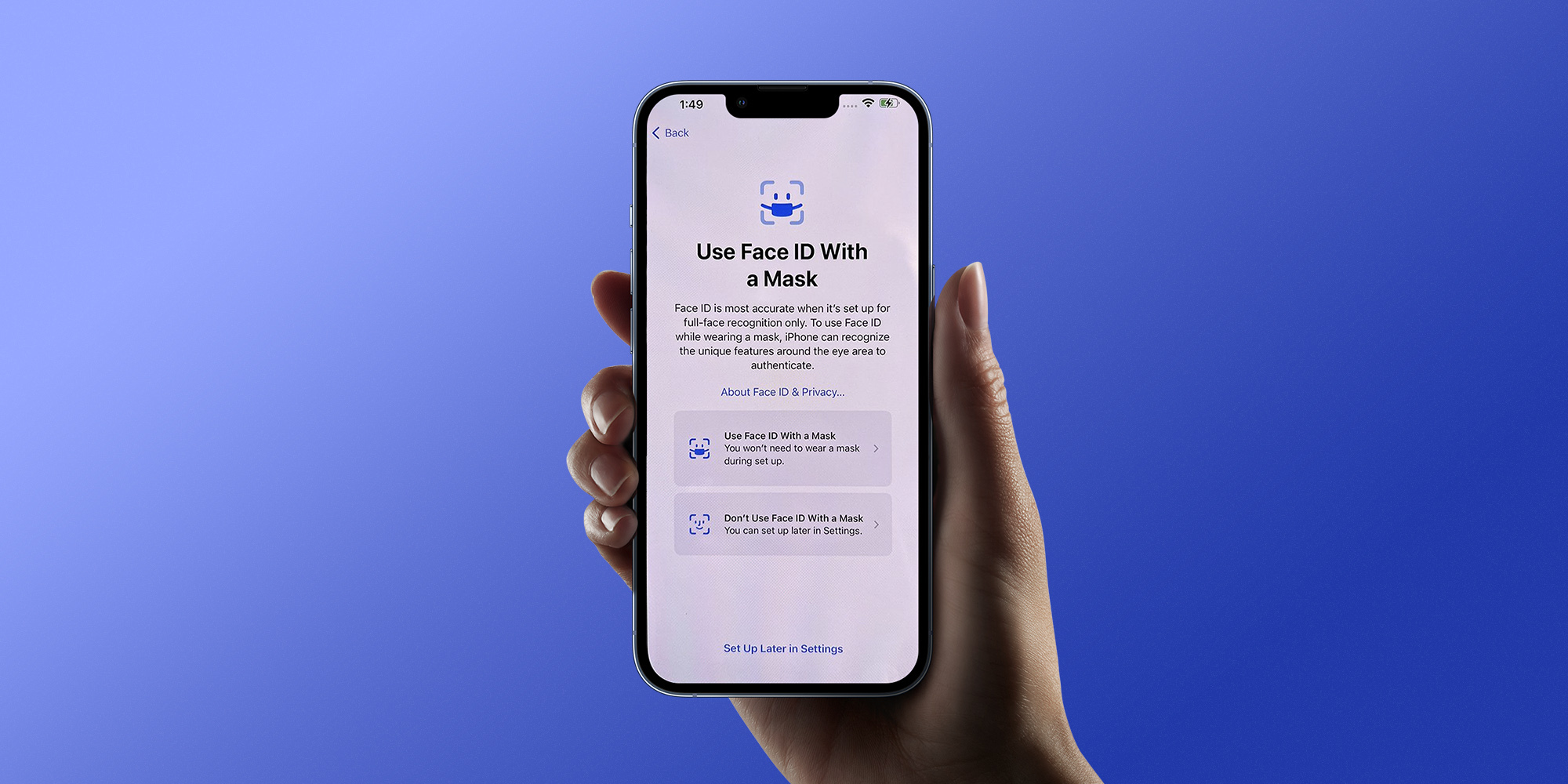
Only in healthcare facilities and public transport
Of course, not everyone owns an Apple Watch, so only those who wear it on their wrist have used this functionality. Everyone else had to keep entering the code. A year later, in March 2022, Apple plans to release an update to iOS 15.4 that will allow us to perform a new Face ID scan focusing on the eye area, which will therefore also work with covered airways. But if we're being sarcastic, does anyone else care? After all, as the website says Vláda.cz:
To all persons with effect from today March 14, 2022 from 00:00 until this extraordinary measure is revoked, movement and residence without protective respiratory equipment (nose, mouth) is prohibited, which is a respirator or a similar device (always without an exhalation valve) meeting at least all technical conditions and requirements (for the product), including a filtration efficiency of at least 94% according to the relevant standards that prevent the spread of droplets (hereinafter referred to as "respirator"), namely:
- in the interior spaces of buildings that serve as medical devices, or fromarrangement of social services, which are weekly inpatients, homes for people with disabilities, homes for the elderly and homes with a special regime, and facilities providing relief social services in residential form,
- in public transport, including means of road transport for the use of others, the subject of which is the transport of people (in particular taxi service); in the case of a cable car, only if it is a closed cabin.
It clearly follows that we can now breathe freely practically anywhere, that is, of course, with the exception of the points mentioned above, and thus we will only use Apple's novelty to a minimum. Of course, it's good that Apple is introducing it, because the pandemic may gain strength again, or another one may come where we will use this option to its full potential again. The only problem is that Apple messed around with it unnecessarily, when it could have been here a long time ago, and it could have been useful to users much earlier.
It could be interest you
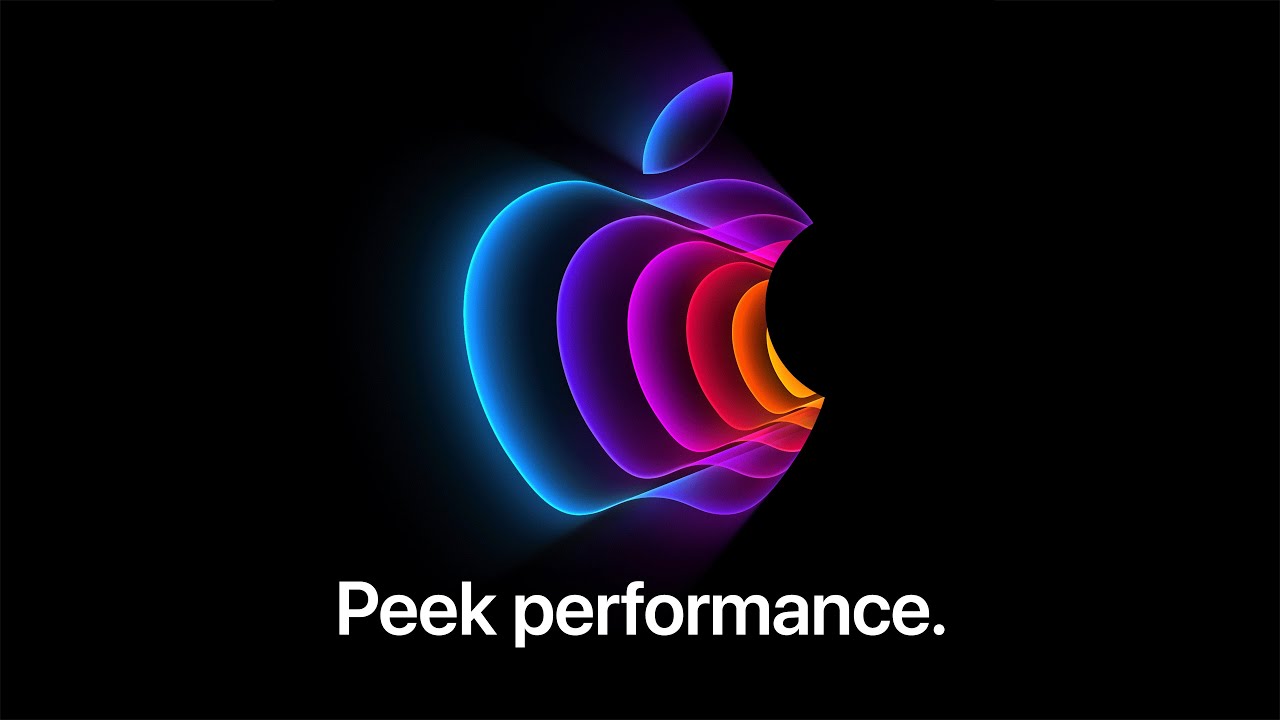
Lengthy beta testing
The question, of course, is why it took Apple over two years to bring a similar feature. He must have been working on it before the first beta testing of iOS 15.4, when he could release it for developers to try. However, the first iOS 15.4 beta was already released at the end of January. But then came the second, third, fourth, and now finally after a month and a half we will see it.
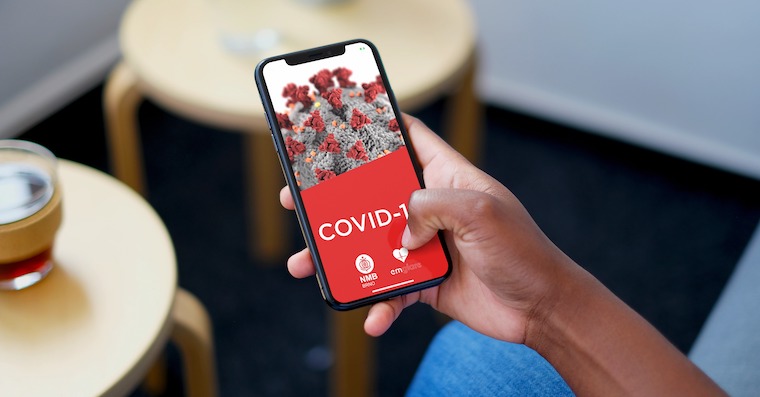
Of course, testing is a must, but does it really need to take that long when Apple has such a rich user base willing to report bugs to it? It's a shame, because expanding the functionality of Face ID is a really great step, but it's largely missed the mark in many countries around the world that are lagging like us. After all, except for the extension of Face ID options, iOS 15.4 will also bring the possibility to upload a vaccination certificate to the Health and Wallet applications. Yes, even this can look like a cry in the dark in the light of current events.
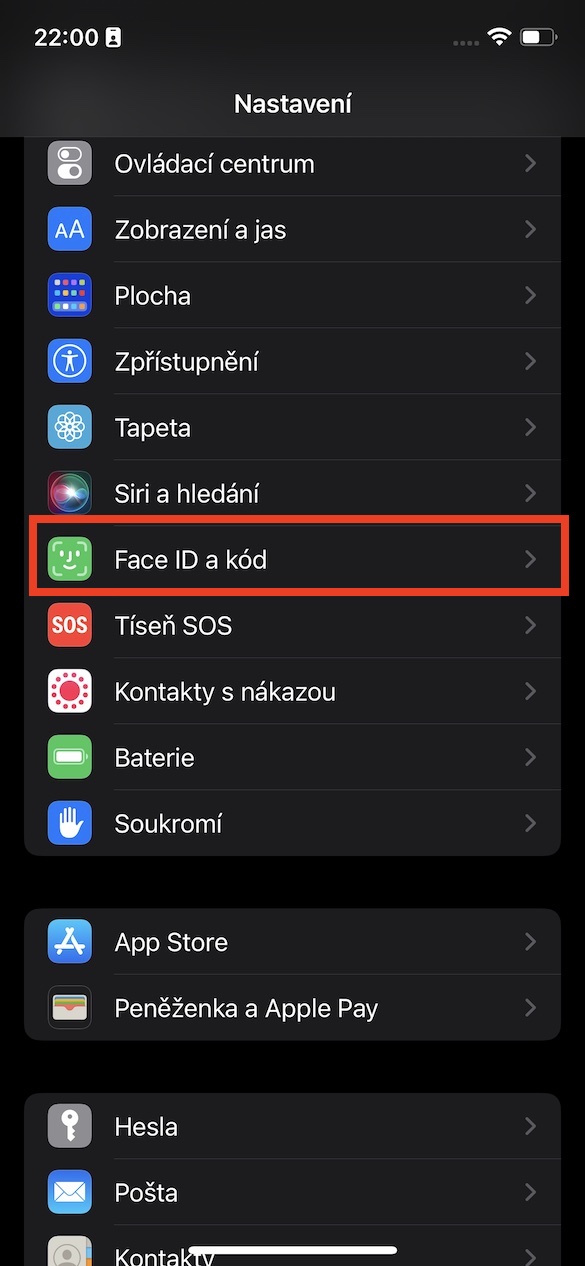
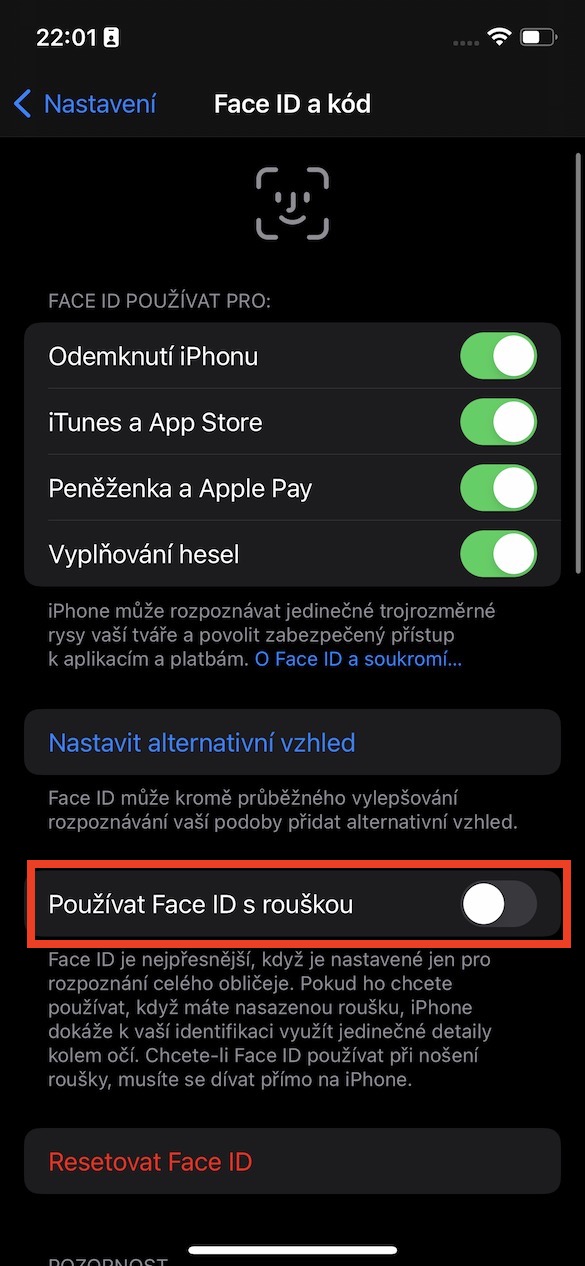
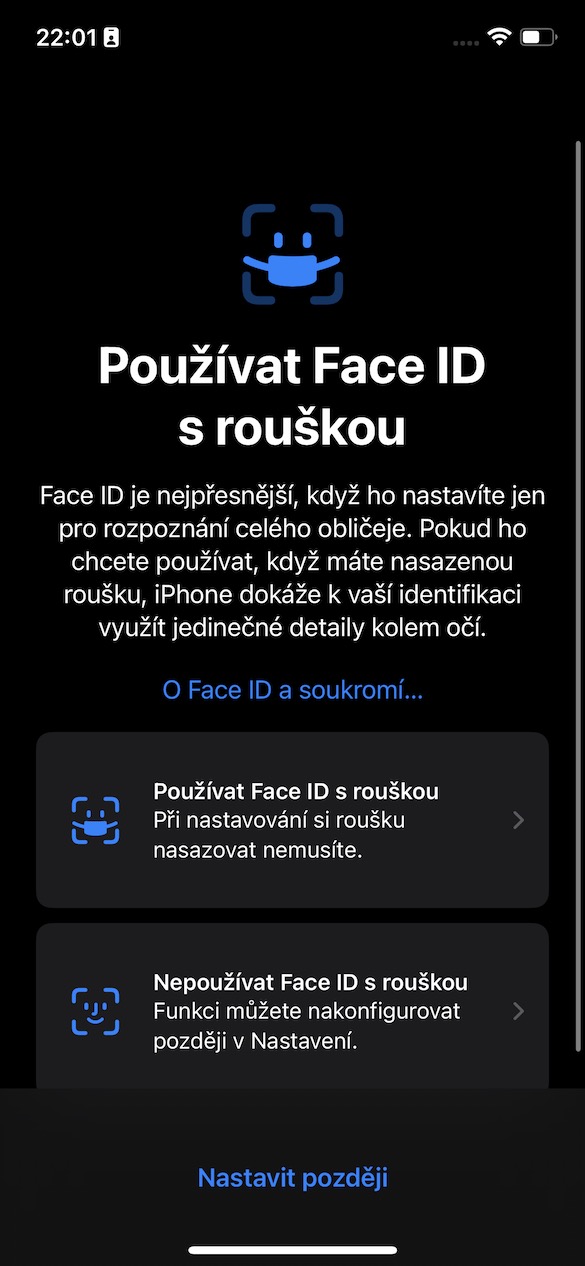

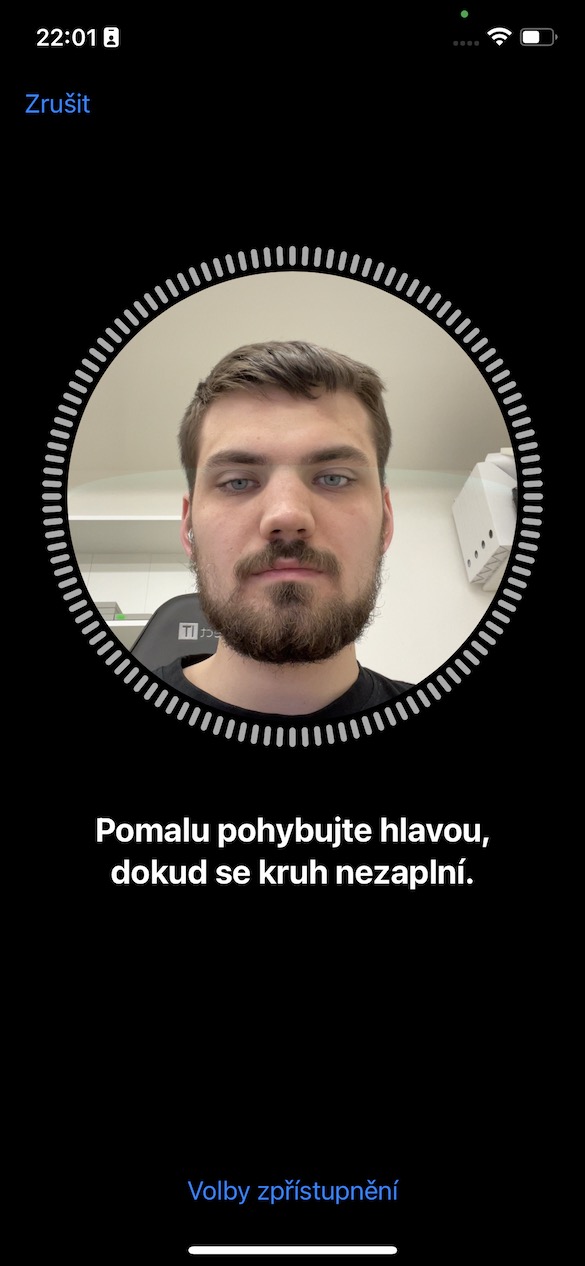
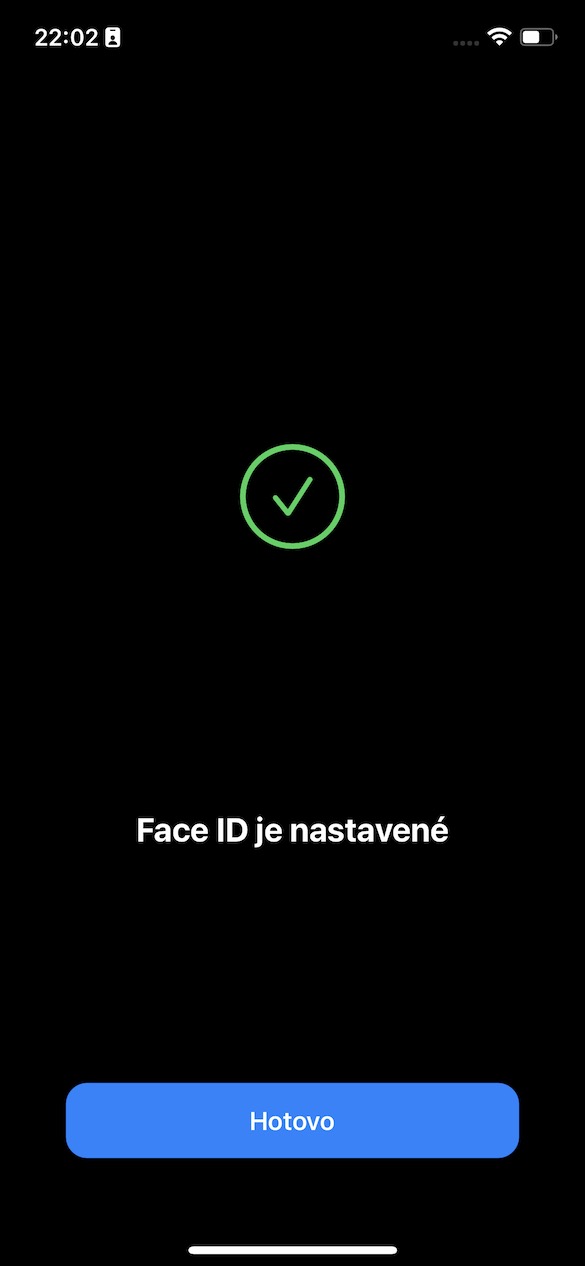
 Adam Kos
Adam Kos
To blame any manufacturer for testing the method of authentication into the system unnecessarily honestly and therefore for a long time seems extremely unfortunate to me, although I understand that the function in question would have been useful much earlier...
Tarnishing its image with a recklessly quick update would be very expensive for security-minded Apple.
I agree, it's better to delay new features with min bugs than quickly and make it work on the pool.